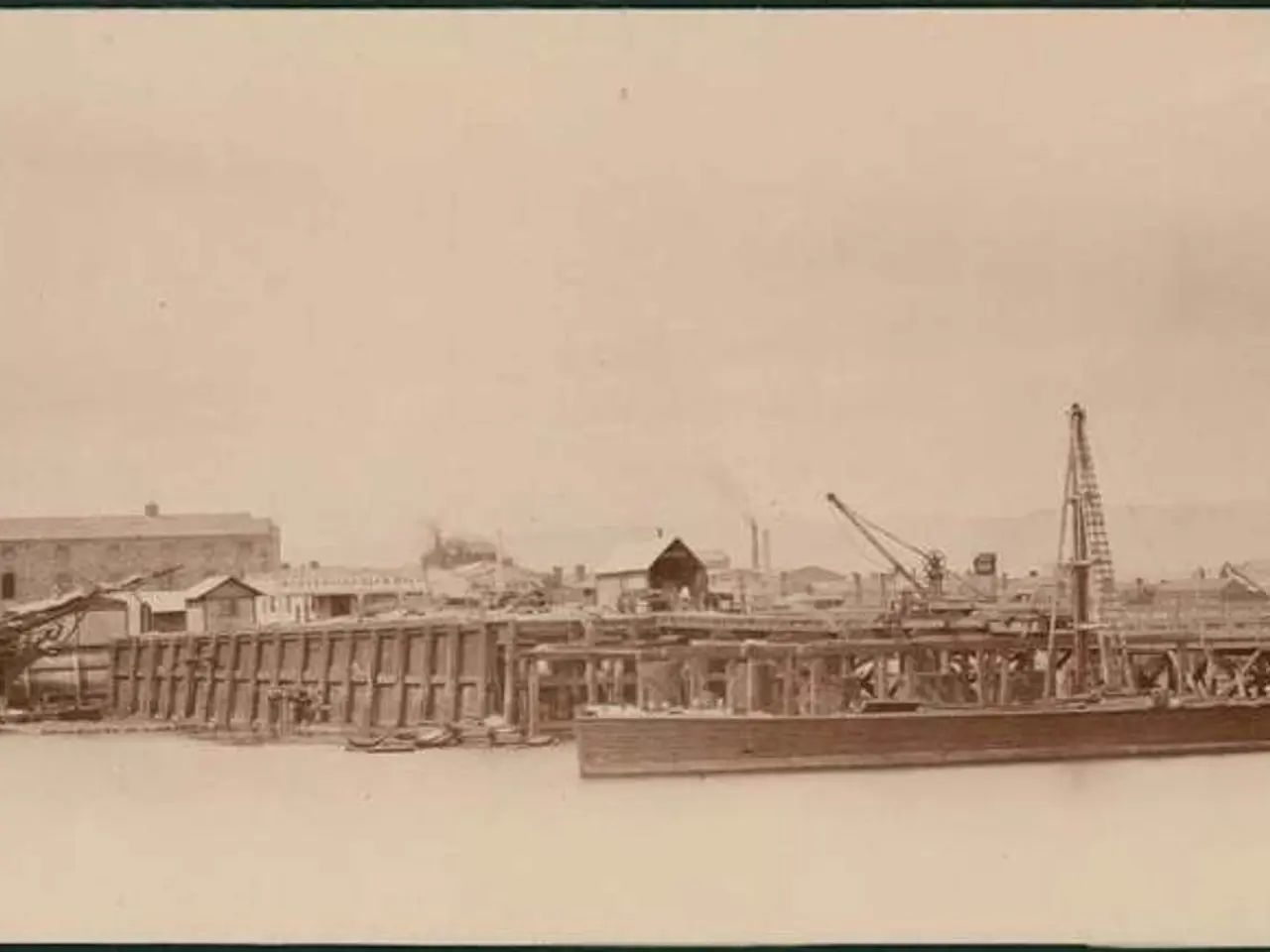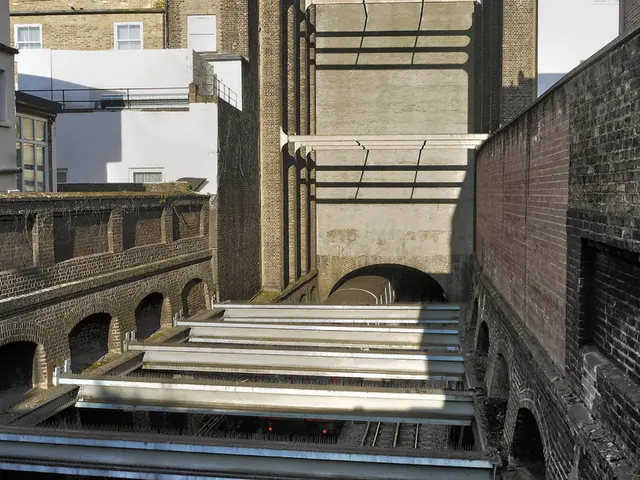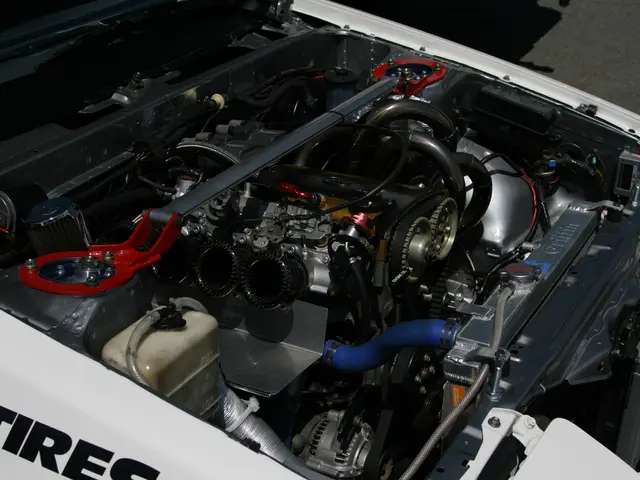Federal department requests public feedback on expansive power production and distribution projects
U.S. Department of Energy Launches 'Speed Test' Initiative to Accelerate Energy Development
The U.S. Department of Energy (DOE) has announced a new initiative called 'Speed Test' to hasten the development of large-scale generation and transmission projects. The initiative is part of a broader $220 million investment over four years, aimed at closing the gap between fusion science research and commercial fusion energy industry demands.
John Moore, director of the Sustainable FERC Project, has voiced his support for this initiative, stating that it is exactly the kind of action that the DOE should be undertaking. The DOE's goal is to achieve the objectives of President Trump's executive orders on 'energy dominance' and winning the 'artificial intelligence race'.
The DOE's initiative calls on the Fusion Innovation Research Engine (FIRE) Collaboratives, having already awarded $128 million to seven research teams. The funding is intended to accelerate fusion energy technology development, strengthen private sector and national laboratory partnerships, and advance new energy resources and transmission infrastructure to support the U.S. manufacturing needs and reindustrialization efforts.
The DOE believes the current rate of project development is inadequate to support the country's rapidly expanding manufacturing needs and the reindustrialization of the U.S. economy. The department's 10-year forecast shows that demand growth is now higher than at any point in the past two decades, with more large commercial and industrial loads and the continued electrification of the transportation and building sectors.
The U.S. appetite for electricity is growing rapidly. Analysts expect electricity demand to grow 25% from 2023 to 2030 and 78% by 2050. The North American Electric Reliability Corp. expects summer peak demand to rise by 15% and winter peak demand by nearly 18% over the next decade.
However, the DOE's initiative does not address working with the Federal Energy Regulatory Commission (FERC) to accelerate the interconnection of energy storage. The administration has canceled previously-approved funding for some transmission projects, including a $4.9 billion loan for the 800-mile Grain Belt Express planned from Kansas to Illinois.
John Moore suggests that the DOE could work with the Department of Interior on unblocking some permit approvals for offshore wind projects or develop clean energy on federal lands. He also states that 'you can't meet the need with one hand tied behind your back,' suggesting that some of the 'anti-energy positions' coming from the administration will drive up costs.
To gather stakeholder input, the DOE has issued a request for information on near-term investment opportunities, project readiness, load growth expectations, and infrastructure constraints. The DOE is also requesting suggestions on how to best leverage its funding programs and authorities to rapidly expand energy generation and transmission grid capacity.
The initiative also mentions the need for more interregional transfer capacity, which is a point of agreement across the policy spectrum. The DOE could take steps to improve port infrastructure to speed development of offshore wind, but has not yet responded to questions about how the need for rapid energy infrastructure deployment balances against the clean energy restrictions.
The Trump administration has declared an energy emergency and has used its authorities to keep aging fossil fuel plants online, but has also sought tighter restrictions for onshore wind and solar development and has tried to halt offshore wind projects. The administration has not commented on how these actions align with the goals of the 'Speed Test' initiative.
As the U.S. grapples with increasing energy demand and the need for rapid infrastructure development, the 'Speed Test' initiative represents a significant step towards meeting these challenges. Utilities, state energy offices, regulators, grid operators, infrastructure developers, large energy users, and other stakeholders are invited to respond by Nov. 21.







